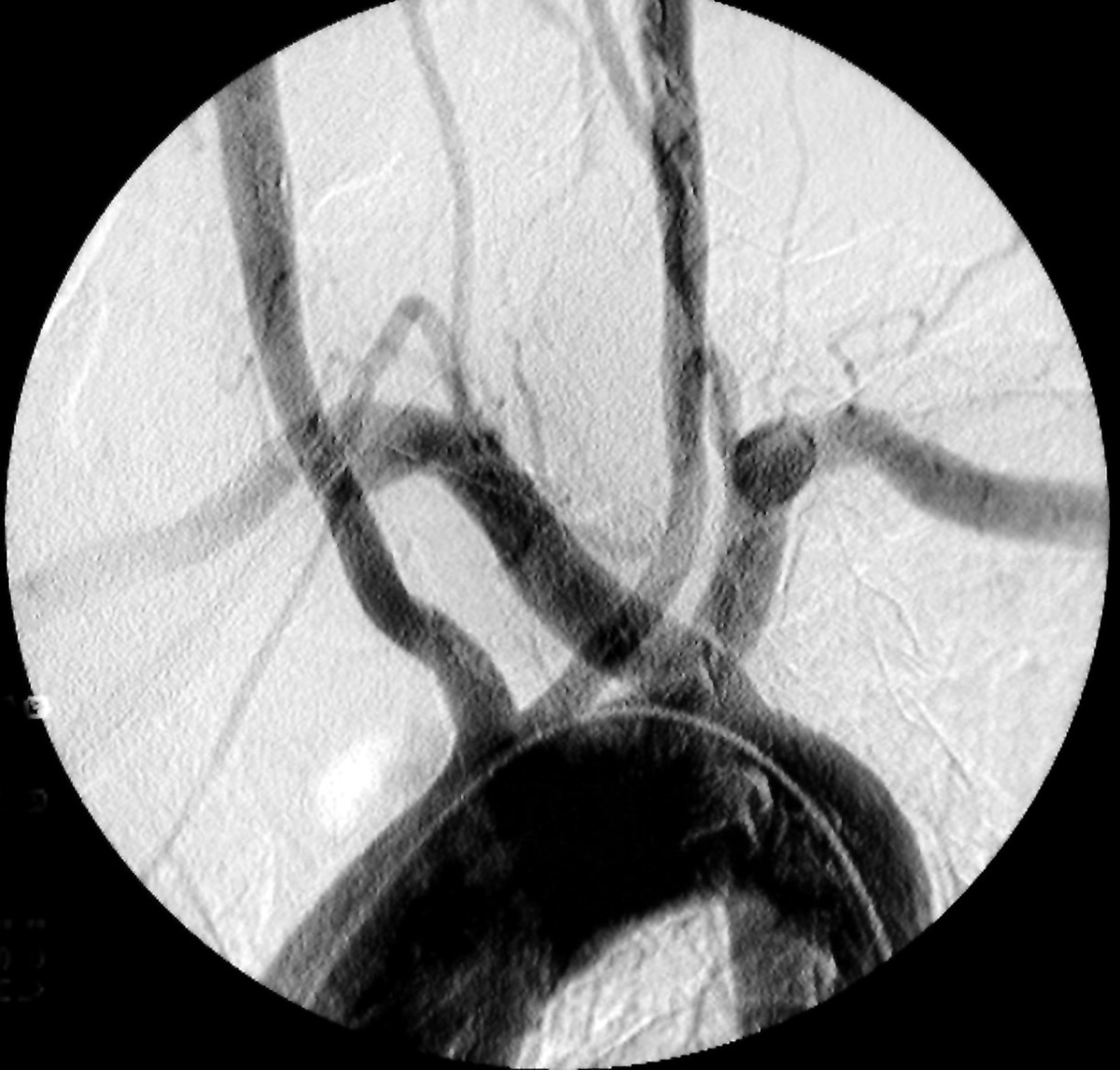
The process of swallowing is rather complex. It includes approximately 50 pairs of muscles and nerves. Swallowing includes several phases, oral preparatory and transport phase, pharyngeal phase and finally, esophageal phase. Oral preparatory and transport phase is a voluntary phase and it includes mastication and mixture of the food with saliva. Once the bolus of adequate size is formed it is ready to enter the throat. What follows is pharyngeal phase of swallowing. This phase includes blockage of the larynx with the epiglottis. By blocking the larynx the epiglottis prevents entering of the food into the respiratory tract. The bolus passes into the esophagus and the process of swallowing enters the last phase called esophageal phase. In this phase the bolus moves further down the esophagus and eventually enters the stomach.
In case of dysphagia the person has certain problems related to one of the previously mentioned phases. This significantly interferes in the process of swallowing and causes difficulties with transfer of the food from the mouth to the stomach.
Causes of Dysphagia in Children
In children dysphagia may result from damage to organs, muscles or nerves involved in the process of swallowing.
In some cases dysphagia in children is associated with damage to the brain or other parts of the nervous system. The damage of the particular nerves involved in swallowing interferes in the very process and the child simply cannot swallow food or fluids.
Apart from damage to the nerves dysphagia in children may be connected to structural changes such as narrow esophagus, large tongue, large tonsils, cleft lip and dental problems. These structural changes may interfere in mastication or other phases of the swallowing process.
And finally, muscular disorders (muscular dystrophy, scleroderma, achalasia etc) may affect muscle necessary for the process of swallowing and cause swallowing difficulties.
Presentation of Dysphagia in Children
Babies suffering form dysphagia are not capable of sucking and swallowing milk. They may even take a long time to eat. Additional signs are excessive drooling, vomiting and in older infants there may be evident chewing difficulties. Some children are not able to coordinate breathing while eating and/ or drinking. Children suffering from dysphagia may develop pneumonia due to aspiration of food. And finally, there is an evident weight loss since the intake of food is inadequate.
Diagnosis and Treatment for Dysphagia in Children
Apart from investigating medical history and performing physical examination the doctor will perform several more tests. They include oral-pharyngeal video swallow, barium swallow, upper gastrointestinal series, endoscopy and esopharyngeal manometry. Laryngoscopy is performed as well. The previously mentioned tests and examinations will help in identifying the underlying cause of dysphagia.
The treatment for dysphagia in children generally depends on the underlying cause and it can be medicamentous or surgical. Several more factors are taken into consideration when doctor opts for most suitable treatment modality such as age, overall health, medical history etc. If dysphagia is severe patients need to be hospitalized.



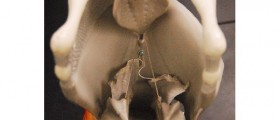




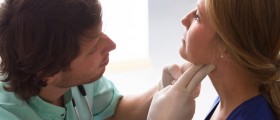
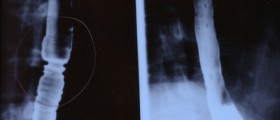



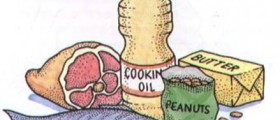



Your thoughts on this
Loading...